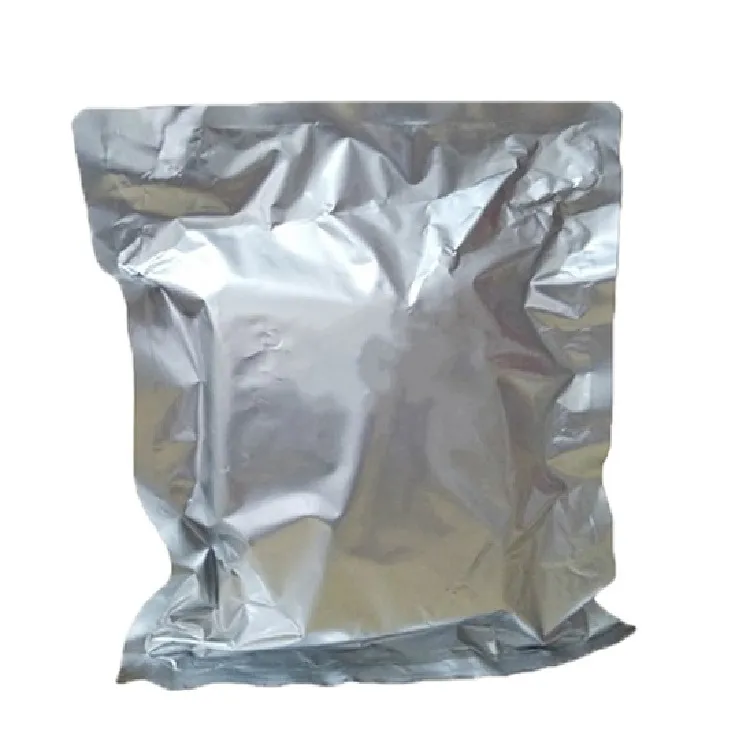Warning: Undefined array key "title" in /home/www/wwwroot/HTML/www.exportstart.com/wp-content/themes/1198/header.php on line 6
Warning: Undefined array key "file" in /home/www/wwwroot/HTML/www.exportstart.com/wp-content/themes/1198/header.php on line 7
Warning: Undefined array key "title" in /home/www/wwwroot/HTML/www.exportstart.com/wp-content/themes/1198/header.php on line 7
Warning: Undefined array key "title" in /home/www/wwwroot/HTML/www.exportstart.com/wp-content/themes/1198/header.php on line 7
- Afrikaans
- Albanian
- Amharic
- Arabic
- Armenian
- Azerbaijani
- Basque
- Belarusian
- Bengali
- Bosnian
- Bulgarian
- Catalan
- Cebuano
- China
- China (Taiwan)
- Corsican
- Croatian
- Czech
- Danish
- Dutch
- English
- Esperanto
- Estonian
- Finnish
- French
- Frisian
- Galician
- Georgian
- German
- Greek
- Gujarati
- Haitian Creole
- hausa
- hawaiian
- Hebrew
- Hindi
- Miao
- Hungarian
- Icelandic
- igbo
- Indonesian
- irish
- Italian
- Japanese
- Javanese
- Kannada
- kazakh
- Khmer
- Rwandese
- Korean
- Kurdish
- Kyrgyz
- Lao
- Latin
- Latvian
- Lithuanian
- Luxembourgish
- Macedonian
- Malgashi
- Malay
- Malayalam
- Maltese
- Maori
- Marathi
- Mongolian
- Myanmar
- Nepali
- Norwegian
- Norwegian
- Occitan
- Pashto
- Persian
- Polish
- Portuguese
- Punjabi
- Romanian
- Russian
- Samoan
- Scottish Gaelic
- Serbian
- Sesotho
- Shona
- Sindhi
- Sinhala
- Slovak
- Slovenian
- Somali
- Spanish
- Sundanese
- Swahili
- Swedish
- Tagalog
- Tajik
- Tamil
- Tatar
- Telugu
- Thai
- Turkish
- Turkmen
- Ukrainian
- Urdu
- Uighur
- Uzbek
- Vietnamese
- Welsh
- Bantu
- Yiddish
- Yoruba
- Zulu
Nov . 19, 2024 11:54 Back to list
Understanding the Functions and Applications of Xanthan Gum in Various Industries
The Purpose of Xanthan Gum A Multifunctional Food Ingredient
Xanthan gum, a polysaccharide produced by the bacterium Xanthomonas campestris, has gained significant attention in the food industry due to its versatile properties and widespread applications. Originally discovered in the 1960s, this thickening and stabilizing agent has become an essential component in various products, serving multiple purposes that enhance the texture, quality, and shelf-life of food items.
The Purpose of Xanthan Gum A Multifunctional Food Ingredient
In addition to thickening, xanthan gum serves as an excellent stabilizer. Many food products contain ingredients that tend to separate over time, such as oil and water in salad dressings. Xanthan gum helps maintain homogeneity by stabilizing emulsions, thereby preventing ingredients from separating. This prolongs the shelf-life of products and ensures that consumers enjoy a consistent experience from the first use to the last.
purpose of xanthan gum

Another critical function of xanthan gum is its ability to improve the texture of gluten-free products. Gluten, a protein found in wheat and related grains, plays a vital role in providing structure and elasticity to dough. For individuals with celiac disease or gluten sensitivity, xanthan gum offers a solution by mimicking the properties of gluten in gluten-free recipes. When added to gluten-free flour blends, xanthan gum enhances the dough's elasticity and helps it maintain its shape during baking. This results in superior bread, cakes, and pastries that are more enjoyable and comparable in texture to their gluten-containing counterparts.
Moreover, xanthan gum has applications in the realm of food safety and preservation. Its ability to create a barrier in food products can help reduce moisture loss, which is especially beneficial in baked goods. By retaining moisture, xanthan gum keeps products fresher for longer periods, minimizing waste and maintaining quality. This is increasingly important in a world where food preservation and minimizing spoilage are critical for environmental sustainability.
Apart from its culinary applications, xanthan gum is also gaining popularity in the cosmetic and pharmaceutical industries. Its thickening and stabilizing properties make it an ideal ingredient in lotions, creams, and other personal care products, where it helps improve texture and adherence. In pharmaceuticals, xanthan gum is used as a stabilizer in various formulations, ensuring that active ingredients remain evenly distributed.
In conclusion, xanthan gum is a multifunctional ingredient that serves numerous purposes in food production and beyond. Its thickening, stabilizing, and moisture-retaining properties make it a favorite among food manufacturers and chefs alike. As consumer demand for gluten-free options and clean-label products rises, xanthan gum’s versatility will likely secure its place as a staple ingredient in many kitchens and food processing facilities. From enhancing the texture of sauces to improving the quality of gluten-free baking, xanthan gum continues to play a pivotal role in modern food science, contributing to better nutrition and culinary experiences.
Latest news
-
Certifications for Vegetarian and Xanthan Gum Vegetarian
NewsJun.17,2025
-
Sustainability Trends Reshaping the SLES N70 Market
NewsJun.17,2025
-
Propylene Glycol Use in Vaccines: Balancing Function and Perception
NewsJun.17,2025
-
Petroleum Jelly in Skincare: Balancing Benefits and Backlash
NewsJun.17,2025
-
Energy Price Volatility and Ripple Effect on Caprolactam Markets
NewsJun.17,2025
-
Spectroscopic Techniques for Adipic Acid Molecular Weight
NewsJun.17,2025

